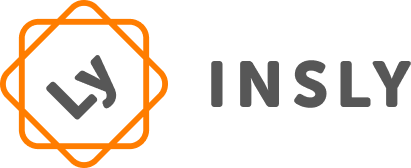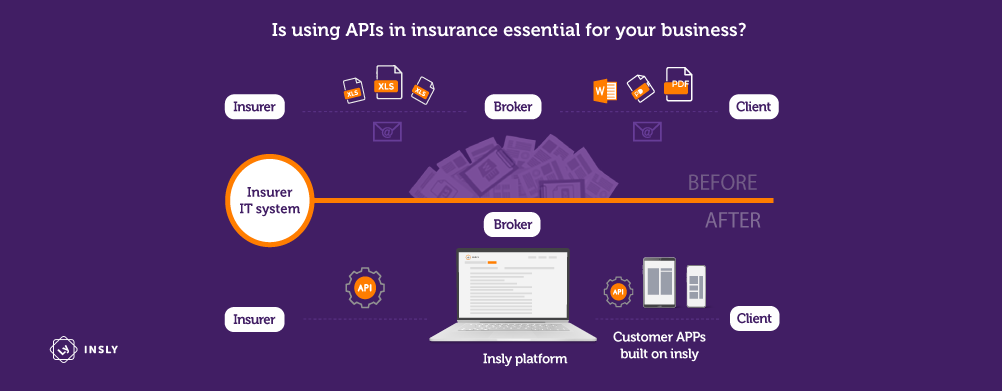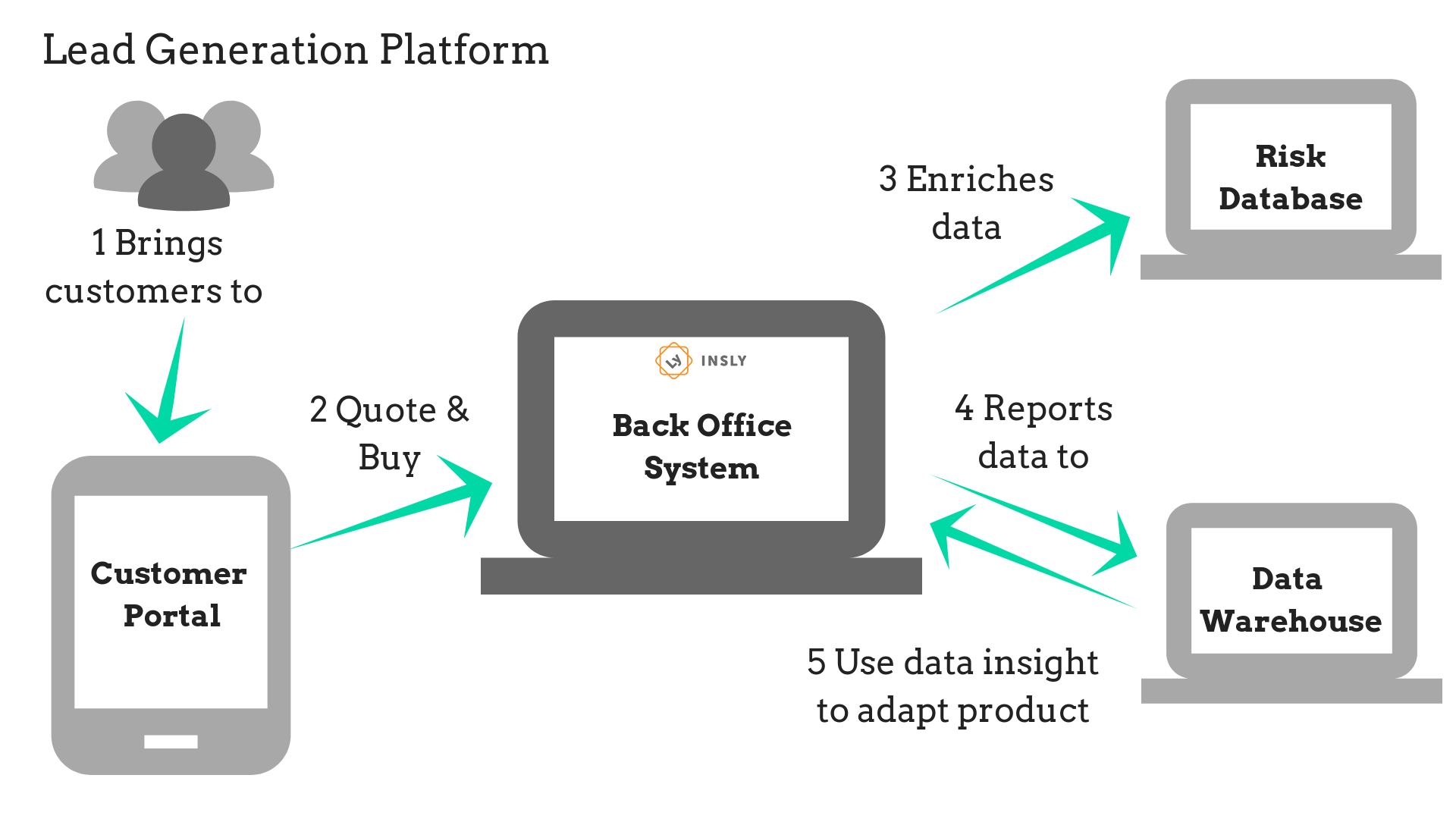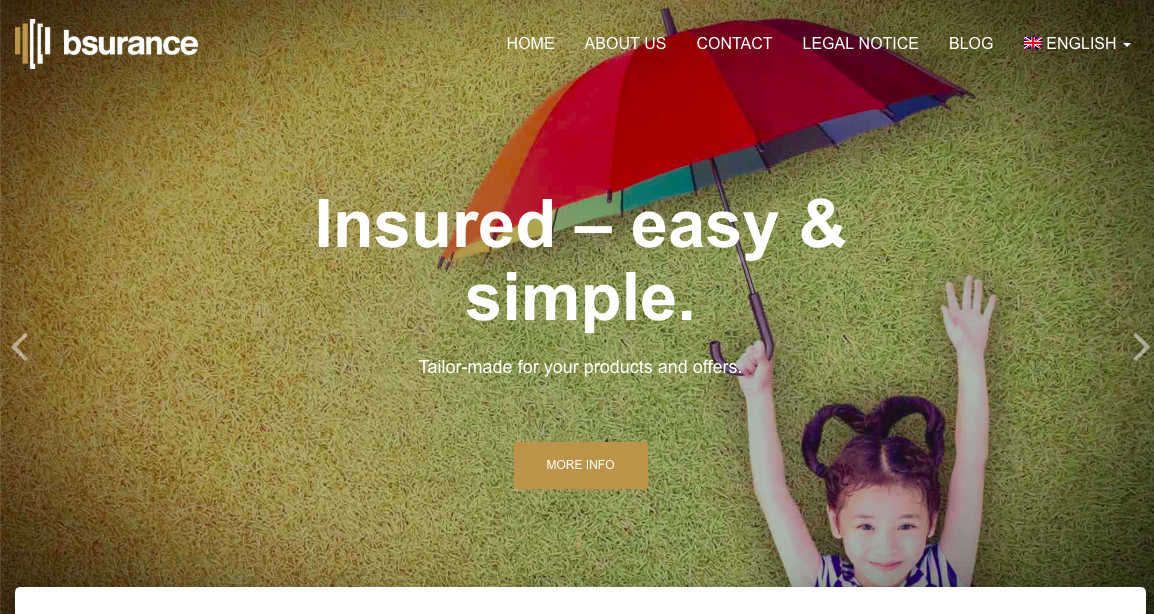Using APIs in Insurance
Application Programming Interface (or API for short) essentially enables connecting various IT systems or applications and allowing them to use each other’s functionality. Using APIs in insurance can serve multiple purposes and business opportunities with the potential of bringing cost-efficiency and flexibility for selling and managing insurance products.
Traditionally, IT infrastructure in insurance has been heavily reliant on core systems – huge central databases that contain all the policy, accounts, and claim information and take care of all of the back-end processing of an insurance company or intermediary.
With the advent of new opportunities in online insurance sales and customer service, many of these core systems are now holding back insurers and MGAs because of their centralised and closed architecture which does not allow them to talk or integrate with other systems.
For this very reason, Insly has developed APIs for most of the common features so that users could trigger all the functions their insurance software provides (like producing quotes, issuing policies, e-mailing documents, adding claims, etc.) also from a website or a customer portal.
Let’s explore some of the uses of APIs in insurance in a bit more detail.
Use Cases of APIs in Insurance
One of the most common business cases for APIs in insurance is online insurance sales.
Insurers and MGAs usually need to have two things for that:
- a front end (a website or an app) that the customer can access – either a broker or the future policyholder;
- a back-end system with the capability to calculate premiums, produce the relevant documents and account files*, and most importantly store all the policy data for reporting and account management.
Of course, there may be other elements you wish to include in your sales process, so the scheme of using APIs in insurance can include more pieces performing various functions:
- lead generation app (mass e-mailing, sales campaigns) that brings visitors to;
- customer portal where the customer can interact and send quote information which goes to;
- back-office system that:
- enriches form data using a risk database;
- calculates the quote and sends it back to the customer portal;
- sends issued policy information to the customer portal where the customer can access the policy;
- data warehouse with a parameter level overview of your entire portfolio, which in turn allows you to use this insight to make changes to your product in the customer portal and back-office system.
The type of architecture where multiple applications perform various functions in a coherent business process can be loosely defined as microservices as opposed to the more centralised monolithic architecture.
Other use cases for APIs in insurance can include client self-service for FNOL and claims management, client communication via chat(bots), data analytics, fraud detection, and many other potential benefits. We will probably see more use cases emerging as the industry embraces this approach more and more.
*As a side note, it’s fairly simple to create the sales-related functionality directly into your website or app and most probably your web developer can do it. Building a robust database and back-office system that works for insurance is an exercise we wouldn’t recommend undertaking due to its extreme level of complexity.
Case Study of APIs in insurance: bsurance and Playbrush
bsurance works in collaboration with Playbrush that sells toothbrushes with a mobile app to motivate kids to brush their teeth. Alongside the toothbrush, Playbrush and bsurance offer dental accident insurance. The toothbrush and insurance are sold together at the same time which means that an API is needed to register policies at the time of purchase.
This is how it works.
Once the customer wants dental accident insurance to be included in his Playbrush app subscription, Playbrush makes an API call to bsurance, stating that insurance is required. Shortly after that, bsurance sends an API call to Insly, describing the details of the insurance policy – customer data, insured persons, sum insured, policy period, etc.
Once this is done, bsurance sends a final request to Insly to issue the policy which will generate necessary policy documents like insurer terms & conditions, data protection agreement, claim information, and the policy certificate which are sent to the customer via e-mail. This completes the policy issuing cycle.
Thanks to APIs in insurance, all of the above happens automatically in a matter of seconds.
If a claim was to happen, Playbrush has created a web page where customers can submit the details of their claim and the information is transferred to bsurance and Insly. Once the information reaches Insly, a designated person from the insurance company will assess the claim and provide the customer with the indemnity.
Future Outlook with APIs in Insurance
At the end of the day, the ability of APIs in insurance to connect multiple parties and applications will mean more automated processes and less manual labour as the unnecessary bits the customer doesn’t need are removed. At the same time, this means increasingly higher expectations on flexibility for mixing and matching software solutions into one integrated service.
If you want to discuss how we could help bring your products online
Just book a demo via the link below. We’d love to hear how you do business and your thoughts on how it could be more efficient and automated than today.





